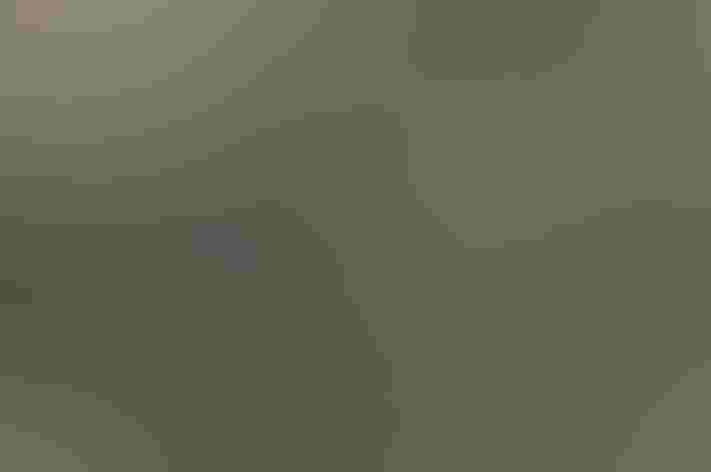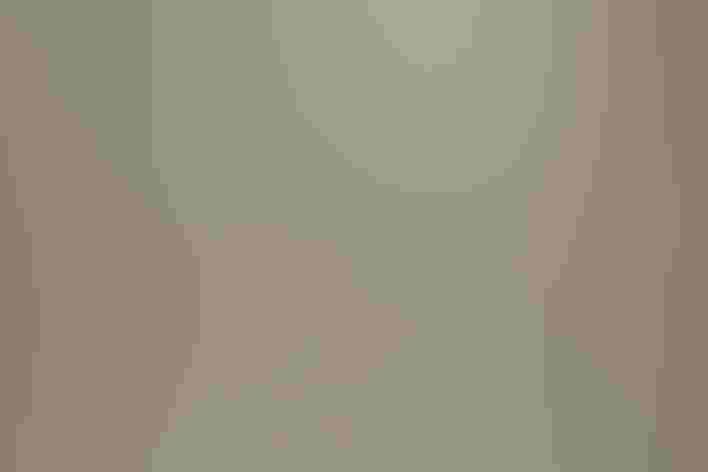Mourning Dove
At a Glance
The mournful cooing of the Mourning Dove is one of our most familiar bird sounds. From southern Canada to central Mexico, this is one of our most common birds, often abundant in open country and along roadsides. European settlement of the continent, with its opening of the forest, probably helped this species to increase. It also helps itself, by breeding prolifically: in warm climates, Mourning Doves may raise up to six broods per year, more than any other native bird.
All bird guide text and rangemaps adapted from Lives of North American Birds by Kenn Kaufman© 1996, used by permission of Houghton Mifflin Harcourt Publishing Company. All rights reserved.
Category
Pigeon-like Birds, Pigeons and Doves
IUCN Status
Least Concern
Habitat
Coasts and Shorelines, Desert and Arid Habitats, Fields, Meadows, and Grasslands, Forests and Woodlands, Shrublands, Savannas, and Thickets, Urban and Suburban Habitats
Region
Alaska and The North, California, Eastern Canada, Florida, Great Lakes, Mid Atlantic, New England, Northwest, Plains, Rocky Mountains, Southeast, Southwest, Texas, Western Canada
Behavior
Direct Flight
Population
150.000.000
Range & Identification
Migration & Range Maps
Some remain through winter over most of breeding range, but many move south from northern areas in fall. Migration is mostly by day, in flocks.
Description
12" (30 cm). Long, pointed tail shows white spots along edge in flight. Mostly plain, with black spots on wings. Adult male is tinged pinkish on chest, blue-gray on crown; female is duller plain brown. Scaly-looking young bird sometimes mistaken for Inca Dove or Common Ground Dove.
Size
About the size of a Crow, About the size of a Robin
Color
Black, Brown, Gray, Pink, Tan, White
Wing Shape
Pointed
Tail Shape
Long, Pointed, Wedge-shaped
Songs and Calls
Low mournful (hence its name) coo-ah, coo, coo, coo.
Call Pattern
Falling, Flat, Undulating
Call Type
Hoot
Habitat
Farms, towns, open woods, roadsides, grasslands. Found in almost any kind of open or semi-open habitat in temperate parts of North America, including forest clearings, farmland, suburbs, prairies, deserts. May be most common in edge habitats having both trees and open ground, but also found in some treeless areas. Avoids unbroken forest.
Sign up for Audubon's newsletter to learn more about birds like the Mourning Dove
Behavior
Eggs
2. White. Incubation is by both parents, about 14 days.
Young
Both parents feed young "pigeon milk." Young leave nest at about 15 days, usually wait nearby to be fed for next 1-2 weeks. One pair may raise as many as 5-6 broods per year in southern areas.
Feeding Behavior
Forages mostly on ground; sometimes will perch on plants to take seeds. Will come to bird feeders, often eating on the ground under elevated feeders. Eats quickly to fill crop with seeds, then digests them while resting. Regularly swallows grit (small gravel) to aid in digestion of hard seeds.
Diet
Seeds. Feeds almost entirely on seeds (99% of diet). Favors seeds of cultivated grains, also those of grasses, ragweeds, many other plants. Occasionally eats snails, very rarely any insects.
Nesting
In courtship, male flies up with noisy wingbeats and then goes into long circular glide, wings fully spread and slightly bowed down. On ground, male approaches female stiffly, his chest puffed out, bowing and giving emphatic cooing song. Members of mated pairs may preen each other's feathers. Nest: Male leads female to potential nest sites; female chooses one. Site is usually in tree or shrub, sometimes on ground, sometimes on building ledge or other structure; usually lower than 40', rarely up to 100' or more above ground. Nest is very flimsy platform of twigs; male brings material, female builds.
Conservation
Conservation Status
Does very well in man-altered habitats. Numbers probably have increased greatly with increasing settlement of North America.
Climate Threats Facing the Mourning Dove
Choose a temperature scenario below to see which threats will affect this species as warming increases. The same climate change-driven threats that put birds at risk will affect other wildlife and people, too.










